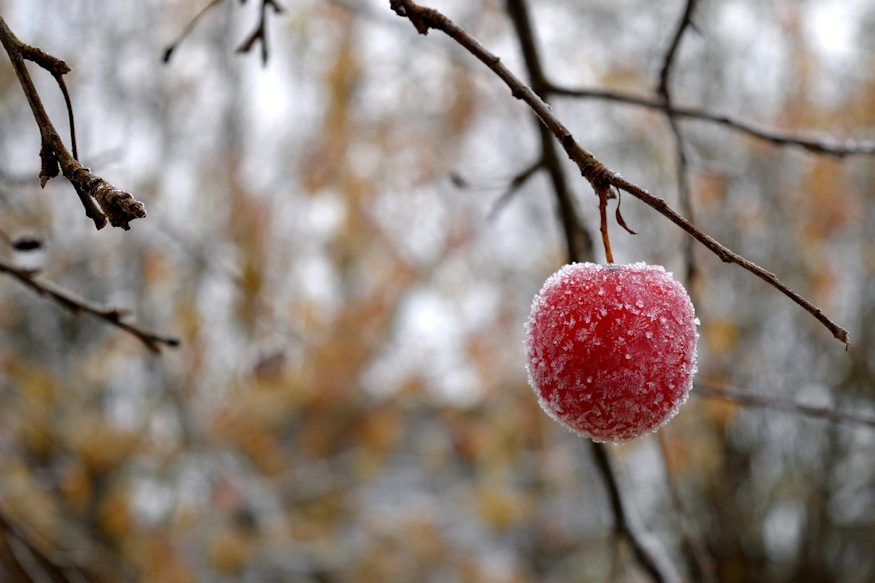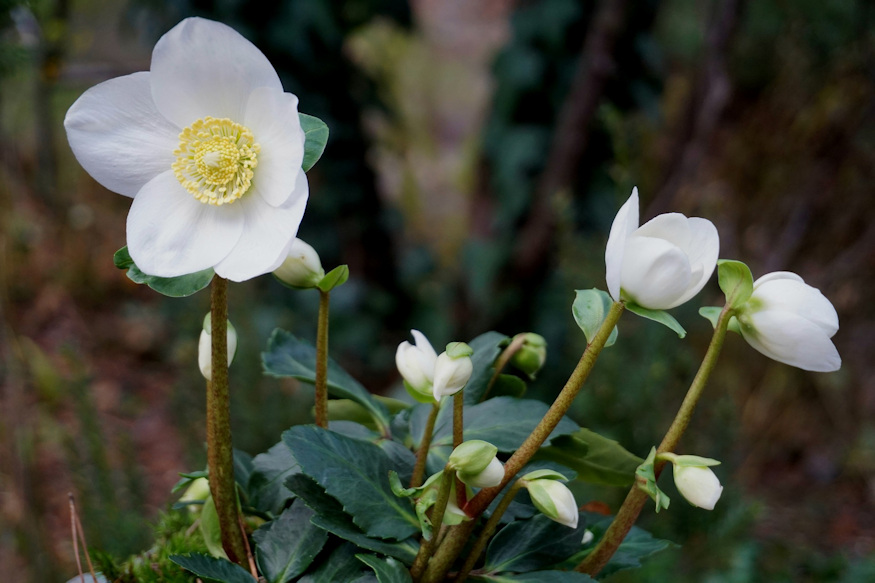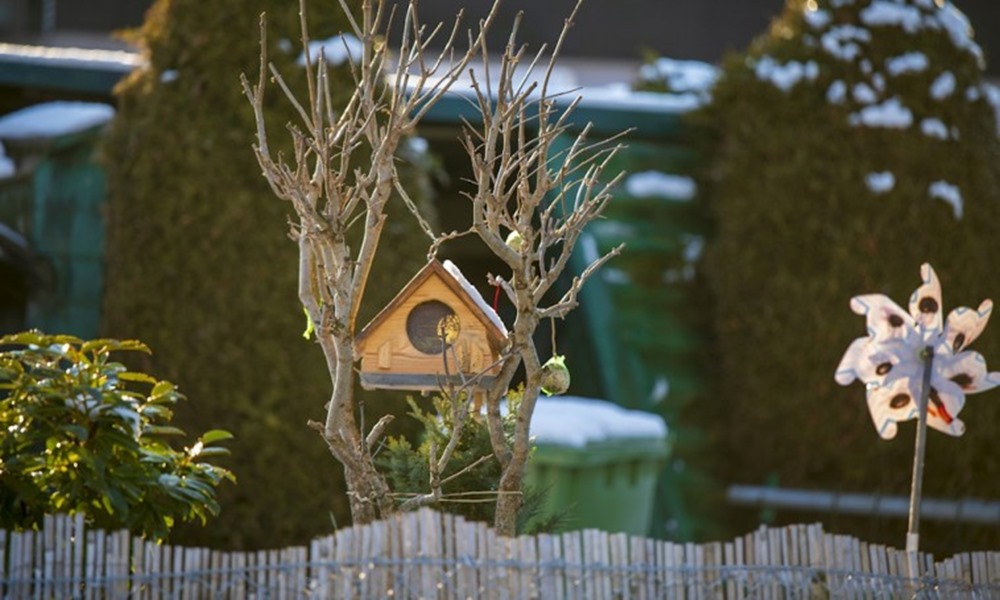By January, the allure of getting back to gardening is undeniable for many green-thumbed enthusiasts. However, it’s crucial to resist the urge to dive headfirst into all your gardening endeavors. While there’s plenty you can do to prepare for the upcoming season, some tasks are best left for warmer days. Let’s explore the eight garden tasks you should steer clear of in January to ensure your garden thrives when spring arrives.
1. Hold Off on Pruning Fruit Trees
While winter is an ideal time to prune certain plants, it’s important to pick your pruning days wisely. Avoid the temptation to prune fruit trees during freezing temperatures or when snow blankets the branches. Pruning during these conditions can harm your trees rather than benefit them.

2. Preserve Your Lawn: Don’t Step on the Grass
Resist the urge to venture onto your lawn on harsh, cold, frosty days when it’s not concealed by snow. Grass blades become delicate below freezing, and treading on them can lead to lasting damage. Even once the ground thaws, exercise caution, especially in areas where spring bulbous plants like snowdrops and crocuses are expected to emerge.

3. Skip the Road Salt on Paths and Sidewalks
When icy conditions threaten your garden paths, sidewalks or driveway, bypass the use of road salt. This common de-icer can wreak havoc on soil life, plants and even your footwear, not to mention your pets’ paws. Opt for eco-friendly alternatives like wood chips to keep your garden safe without harming the environment.
4. Think Twice Before Adding Ash to the Compost
While ash from boilers might seem like a natural addition to your compost pile, exercise caution, especially if it originates from pellets or wood chips. These sources can contain concentrated heavy metals. If you must, only add clean ash from a tile stove, and limit it to about half a bucket per cubic meter of compost.

5. Delay Transplanting Potted Christmas Roses
You may be eager to transfer potted Christmas roses (Helleborus niger) from indoors to your garden, but hold off during cold spells. Instead, find a frost-free spot for them, and reserve transplanting for a more suitable time in March when they can thrive in a semi-shaded area.

6. Show Your Poinsettia Some Love
Don’t simply discard your potted poinsettia after the holidays. Instead, give it a new lease on life by heavily pruning it and relocating it to a well-lit, warm spot. Regular watering and nutrient-rich solutions will encourage growth. Come May, move it outdoors, but remember to bring it back inside in September so it can once again grace your home with its colorful bracts.

7. Remember to Water Wisely
Even in the winter, evergreen plants in pots on your balcony or terrace require water. They may not freeze, but they often suffer from dehydration due to difficulty absorbing water from frozen or dry soil. Water them only on frost-free days to ensure they stay healthy.
8. Don’t Rush to Plant Seeds
Patience is key when it comes to sowing seeds in January. Prematurely sown seeds can result in stunted, weak seedlings due to limited natural light. While you can experiment with a few species, it’s generally too early for most seeds. If you’re eager to get started, consider sowing chili seeds in seed starting trays toward the end of January.
By heeding these guidelines, you’ll set the stage for a successful gardening season ahead. Resist the urge to rush into these tasks in January, and your garden will reward you with vibrant growth when the warmer days of spring finally arrive.









